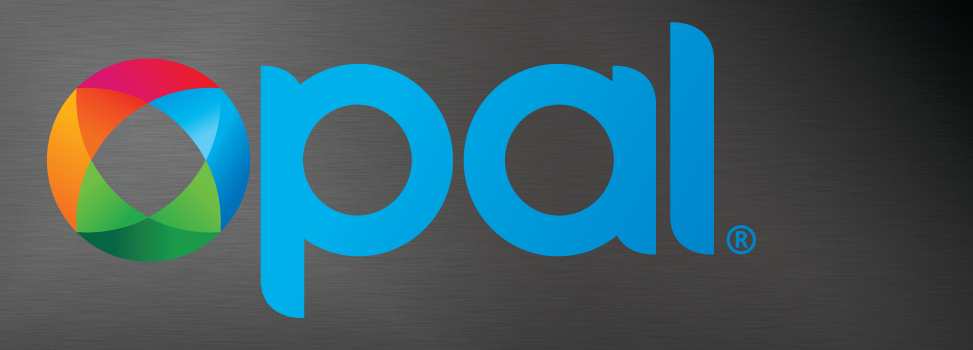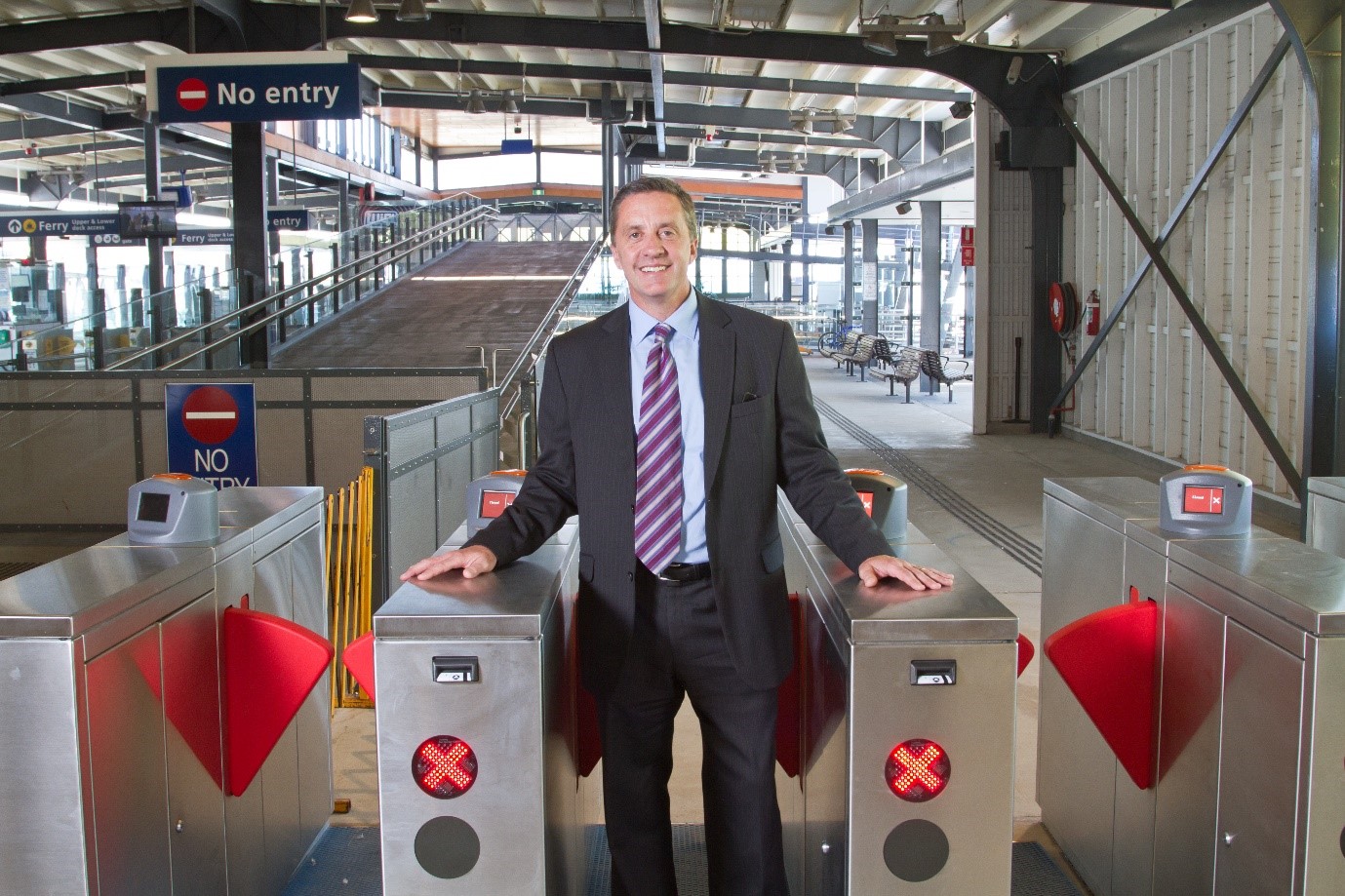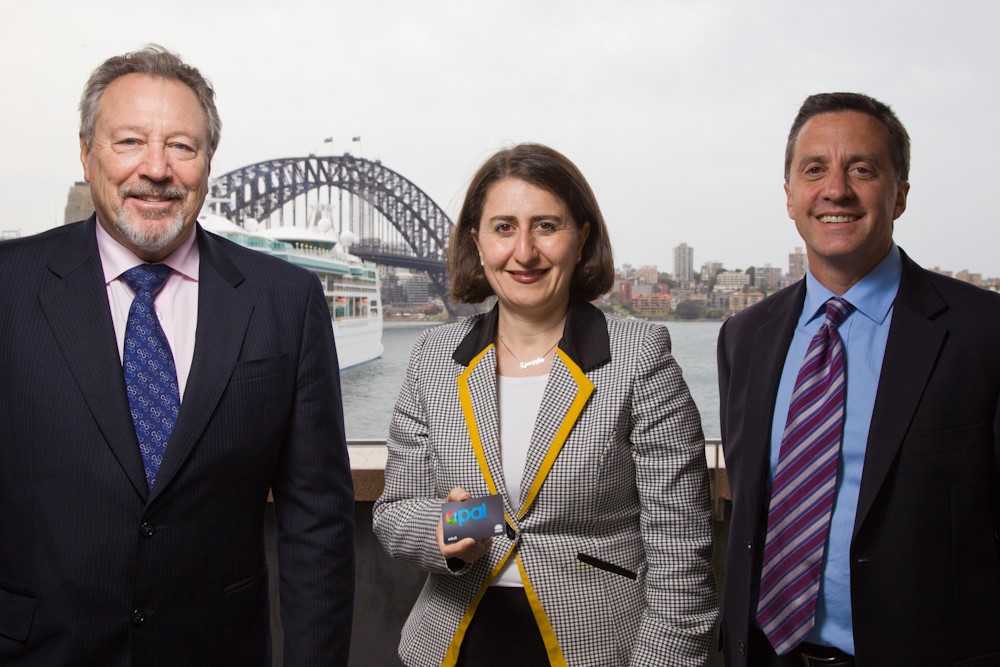More than a decade after NSW residents were first promised a smart card for public transport, we turned what some now viewed as a pipe dream, into a reality – the Opal card.
Replacing all the bus, train, and ferry ticketing systems used in greater Sydney and beyond with a single ticketing system was an extremely complex task.
Not only is the Opal network geographically the largest electronic ticketing system in the world, spanning more than 40,000 square kilometers, the equipment also needed to withstand the unique rigors of Sydney’s coastal environment.
Despite challenges, the Opal card rollout has been touted as one of the smoothest ticketing implementations anywhere in the world. A staged rollout beginning with a single small-scale trial on the Neutral Bay ferry route in 2012, meant we were able to gauge the initial reactions and feedback from across different modes and customer groups and make adjustments, ensuring the system remained user friendly.
Sydney’s new Opal reached another major milestone in 2013 with more than 10,000 cards issued since progressively rolling out across ferries, trains, buses and light rail in the greater Sydney area.
Customers quickly embraced the convenience Opal provided and by the time the full rollout was completed on schedule in 2014, patronage on the transport network was already up 12%. Not only did travelers enjoy avoiding Monday morning ticket queues and fumbling for coins on the bus, but they also enjoyed the savings provided by Opal’s new fare caps and reward schemes. The Opal $2.80 ‘Sunday Funday’ was particularly popular with travelers challenging themselves to make the most of the weekend fare cap and visit some of Sydney’s most exotic destinations.
The rapid uptake of Opal meant that within two years of the rollout’s completion, the NSW Government was able to retire traditional magnetic paper tickets completely – a feat that very few cities, including London, have managed to replicate.
Since then, Opal has gone from strength to strength. Prior to the COVID-19 restrictions, on an average weekday, Opal was being used for more than 2.6 million journeys and we recently celebrated reaching 7 billion taps across the network. The network has now been expanded to include new ferry wharves, light rail lines, and the Sydney Metro. Opal data has been used to provide more responsive service timetabling and given us greater insight into how people use our public transport networks, which has been very important particularly during COVID-19.
Today, we are continuing to partner with Transport for New South Wales to explore what comes after smart cards. When it was introduced, Opal was future-proofed to support the addition of new ticketing technologies, including the contactless payments technology that began trials on the network in 2017.
Contactless has been immensely popular, enthusiastically embraced by locals and tourists alike who are enjoying the ability to use their phone, wearable or contactless credit and debit card to instantly pay for transport while receiving all the same benefits as an adult Opal card user.
By removing the need to pre-pay for transport and simplifying fare payments in the process, contactless has helped deliver a more seamless ticketing experience across all modes. For visitors to Sydney in particular, contactless is an attractive alternative to traditional ticket options, universally enhancing the appeal of the public transport network.
On average, the system processed more than 110 million contactless taps and received payment from nearly 4.2 million unique cards. Since the roll-out was completed in September 2019, uptake has been exponential, with contactless now used to pay for just over 20% of all adult public transport journeys.
Since contactless was introduced, patronage has increased and customer satisfaction has reached an all-time high of 94.5%. What is more, it has delivered substantial cost savings stemming from reduced card and account administration, and cash handling. Additionally, the system’s carbon footprint has been reduced to the significant decline of adult opal cards issued and the declining use of single-use tickets.
It’s an exciting time for New South Wales as the network continues to expand and the uptake of contactless continues to grow.
Opal and contactless payments are incredible first steps towards laying the foundations for Mobility as a Service payment integration, by opening up partner opportunities with the private sector.
With the recent additions of OpalPay and the OpalConnect platform, we are in a better position than ever to deliver a one-stop-shop for planning, booking, and paying for both public and private transport services.
We’ve made incredible progress in the ten years since signing the Opal contract and I look forward to seeing what the next ten years will bring. Reflecting on some of the milestones we’ve achieved in that time I’m immensely proud of what we as a global team have accomplished and the successful partnerships we have forged.
I look forward to working alongside Transport for New South Wales to continue to innovate and help make travel easier and more enjoyable.
Tom has over 30 years’ experience in the transportation industry and has held a variety of senior roles in Australia, the United Kingdom and the US. In his current role, Tom is responsible for Cubic’s transportation business throughout the Asia Pacific Region including the Opal smartcard ticketing system and the roll-out of contactless payments technology in New South Wales, and the go Card system in South East Queensland.
Tom also heads up the team implementing the Queensland Next Generation Ticketing Program, the Intelligent Congestion Management Program for the NSW Transport Management Centre (TMC) and the new fare collection system for the Thomson East Coast Line in Singapore. During his 5 years at ConnectEast, the Melbourne EastLink tollway developer and operator, Tom’s achievements included the early implementation and launch of the multi-lane free-flow tolling system, the Operations Management and Control System, and the Tunnel Mechanical and Electrical systems. Tom is an Advisory Board Member for the Tourism and Transport Forum; a Director of iMOVE Australia Ltd and a Director of Intelligent Transport Systems Australia.






